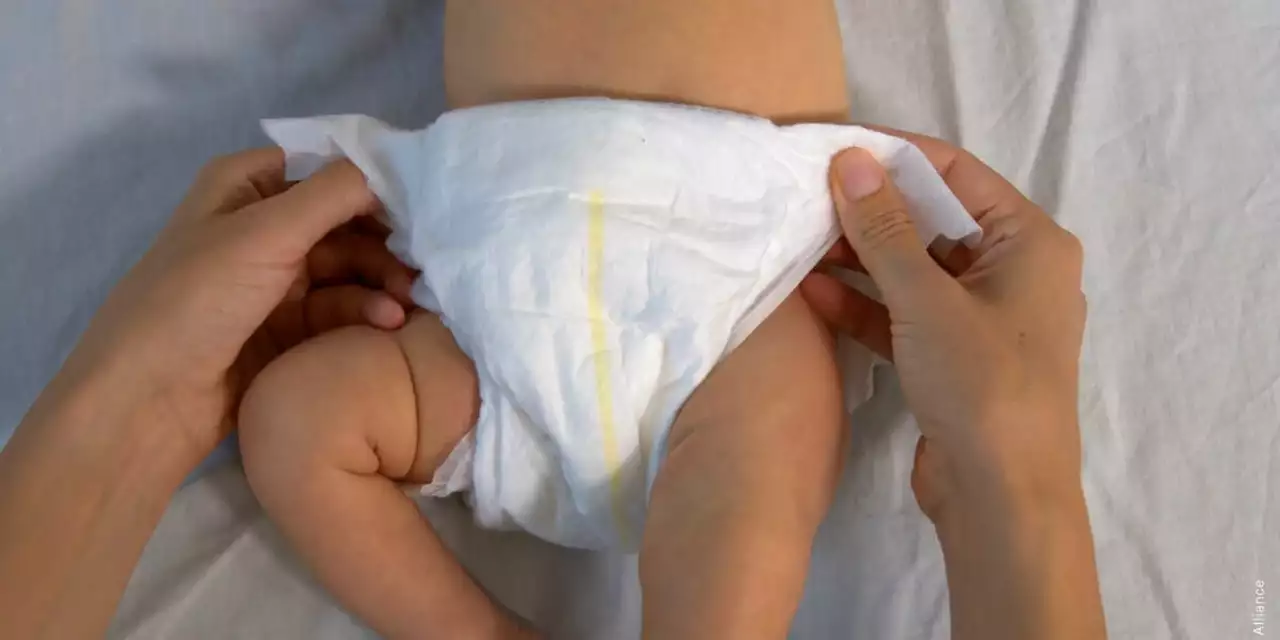Diaper rash is one of the most common baby skin problems, and it can feel sudden and upsetting. Good news: most rashes clear with simple steps you can do at home. This guide gives clear, practical actions you can take today—what to try first, what creams work best, and when to see a doctor.
Change diapers often. The longer wetness or poop stays on the skin, the worse the irritation gets. Try to check every 2 to 3 hours and right after bowel movements. When you change the diaper, clean gently. Use plain water with a soft cloth or an alcohol-free wipe. Pat dry—don't rub.
Use a barrier ointment. Thick zinc oxide creams and petroleum-based ointments protect the skin from moisture and help healing. Apply a generous layer at each change, especially before naps and bedtime. If the rash looks bright red or painful, switch to zinc oxide; it’s mild and works well for most cases.
Give some diaper-free time. Let the skin breathe for 10 to 20 minutes a few times a day. Put a towel under your baby to catch any leaks. Fresh air reduces moisture and speeds recovery.
Skip the irritants. Avoid scented wipes, baby powders with talc, and soaps with fragrances. These products can make the rash worse. If you suspect a new detergent or wipe caused the rash, stop using it and watch for improvement.
Pick the right diaper fit. Diapers that are too tight trap moisture and rub skin. Choose a snug but not tight fit and consider breathable diaper brands if your baby gets rashes often. Change diapers before they’re heavily soiled—this reduces the contact time with wetness and irritants.
Wipe carefully after diarrhea. Frequent stools are a common trigger. During times of diarrhea, change diapers more often and rinse the area with water after bowel movements. Apply barrier cream every change until stools normalize.
Watch food changes. When babies start solids, stool consistency changes and can trigger rashes. Introduce one food at a time and keep extra barrier cream on hand.
Know when it’s more than a simple rash. If the rash has blisters, open sores, pus, or spreading redness, or if your baby has fever, see a pediatrician. Also get help if the rash lasts more than 3 days despite home care, or if it seems extremely painful for your baby.
Common complications include yeast (candida) infections. These often look bright red with small bumps and can spread to skin folds. A doctor may prescribe an antifungal cream. If you’re ever unsure, call your child’s healthcare provider for quick advice—better safe than sorry.
Small changes—more frequent changes, a good zinc oxide cream, and some diaper-free time—solve most diaper rashes. These steps are easy to try and can give your baby quick relief while you prevent future flare-ups.

In today's post, we're looking at the age-old debate of cloth diapers vs. disposable diapers in terms of preventing diaper rash. While some parents swear by the soft, reusable cloth diapers for reducing skin irritation, others believe the super-absorbent disposable diapers keep their baby's skin drier and rash-free. In my research, I discovered that although cloth diapers are eco-friendly and cost-effective, they may require more frequent changes to prevent rashes. On the other hand, disposable diapers have a chemical gel that absorbs moisture, but may cause irritation for some babies with sensitive skin. Ultimately, the best choice for preventing diaper rash depends on your baby's skin type and your commitment to frequent diaper changes.